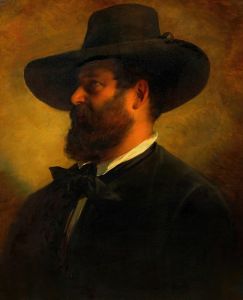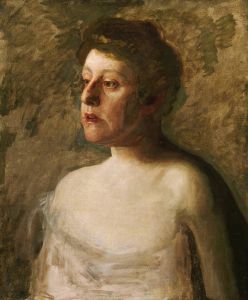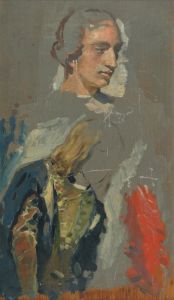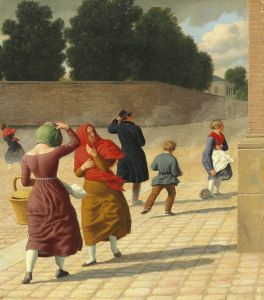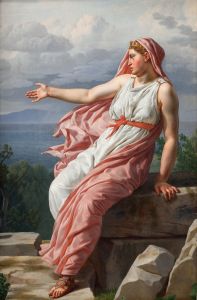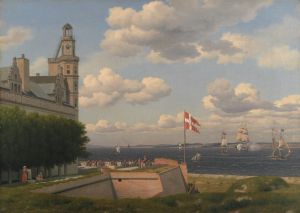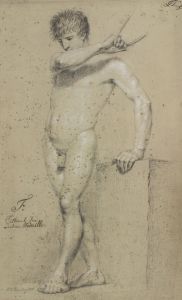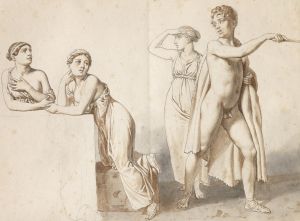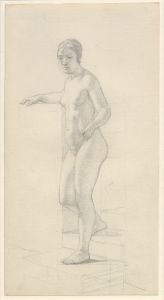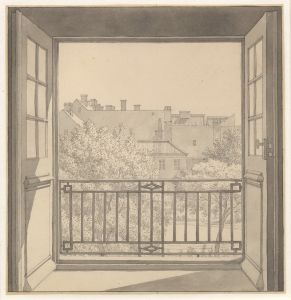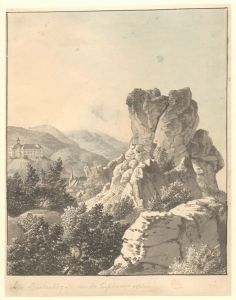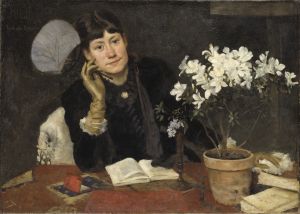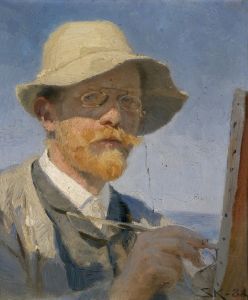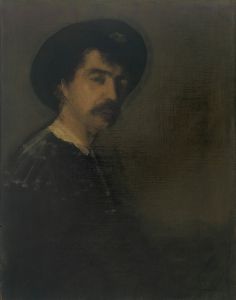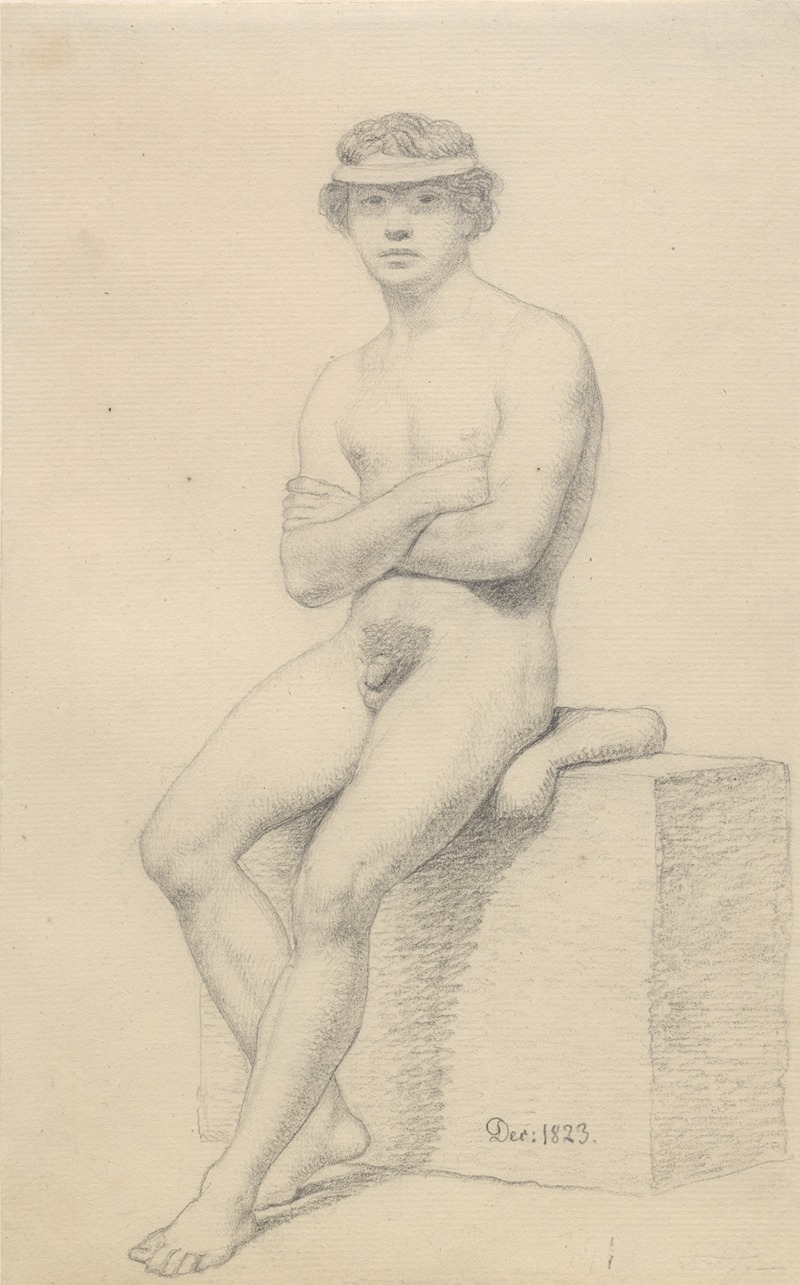
Siddende mandlig model
A hand-painted replica of Christoffer Wilhelm Eckersberg’s masterpiece Siddende mandlig model, meticulously crafted by professional artists to capture the true essence of the original. Each piece is created with museum-quality canvas and rare mineral pigments, carefully painted by experienced artists with delicate brushstrokes and rich, layered colors to perfectly recreate the texture of the original artwork. Unlike machine-printed reproductions, this hand-painted version brings the painting to life, infused with the artist’s emotions and skill in every stroke. Whether for personal collection or home decoration, it instantly elevates the artistic atmosphere of any space.
Christoffer Wilhelm Eckersberg, often referred to as the father of Danish painting, was a prominent figure in the Danish Golden Age of art. One of his notable works is "Siddende mandlig model" (Seated Male Model), which exemplifies his dedication to realism and the study of the human form. Eckersberg's approach to art was heavily influenced by his academic training and his time spent in Paris and Rome, where he was exposed to the works of neoclassical artists and the classical traditions of antiquity.
"Siddende mandlig model" is a study of a male nude, a subject that was central to Eckersberg's teaching and artistic practice. The painting reflects his meticulous attention to anatomical accuracy and his commitment to portraying the human body with both precision and sensitivity. This work is part of a series of studies that Eckersberg conducted with live models, which was a common practice in the Royal Danish Academy of Fine Arts, where he served as a professor. His emphasis on life drawing was instrumental in shaping the curriculum and elevating the standards of art education in Denmark.
The painting captures the model in a seated position, with careful attention to the play of light and shadow across the body. Eckersberg's use of light not only highlights the musculature and form of the model but also adds a sense of volume and presence to the figure. The background is typically understated, ensuring that the focus remains on the model's physique and the artist's skill in rendering it.
Eckersberg's work in this genre was not merely an academic exercise; it was also a reflection of his belief in the importance of studying the human form as a foundation for all figurative art. His teachings and paintings emphasized the need for artists to understand anatomy and proportion, which he believed were essential for creating lifelike and expressive figures.
The influence of Eckersberg's approach can be seen in the works of his students, many of whom became prominent artists in their own right. His legacy is evident in the continued emphasis on life drawing in art education and the appreciation for realism that characterized much of Danish art during the 19th century.
"Siddende mandlig model" is housed in the collection of the Statens Museum for Kunst (National Gallery of Denmark) in Copenhagen, where it remains an important example of Eckersberg's contribution to Danish art and his role in the development of modern artistic practices. The painting not only showcases his technical skill but also his dedication to the artistic ideals of his time, which continue to influence artists and educators today.





